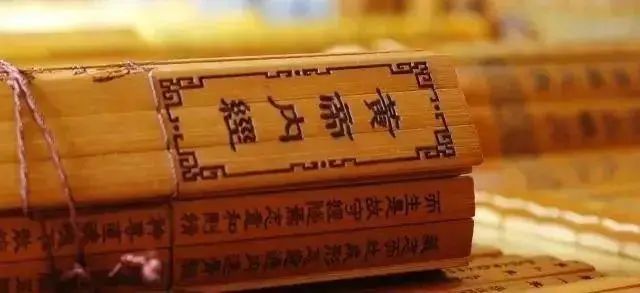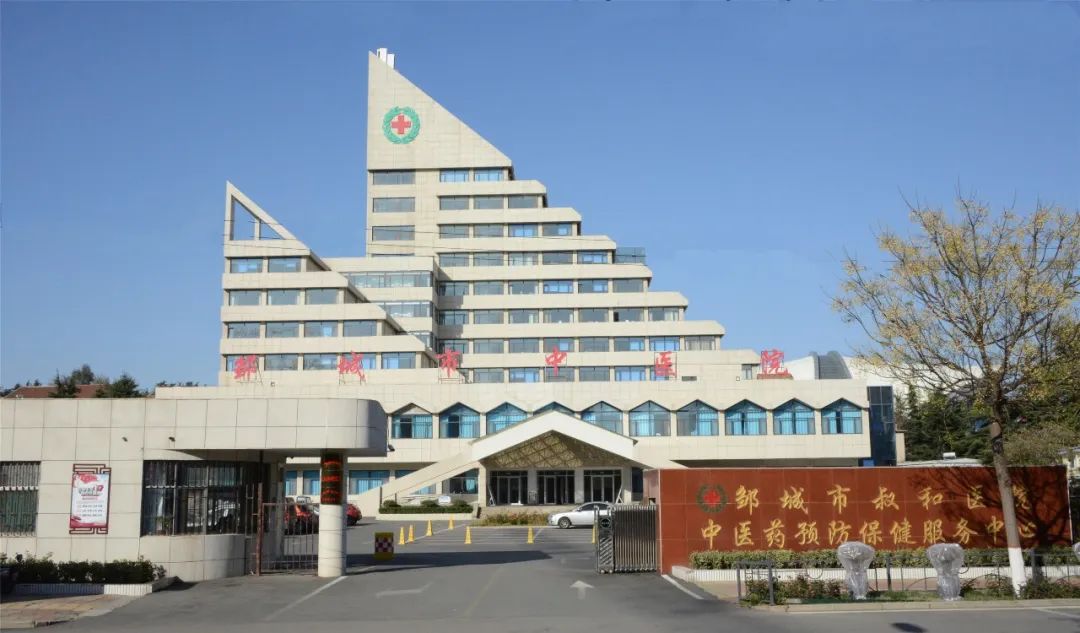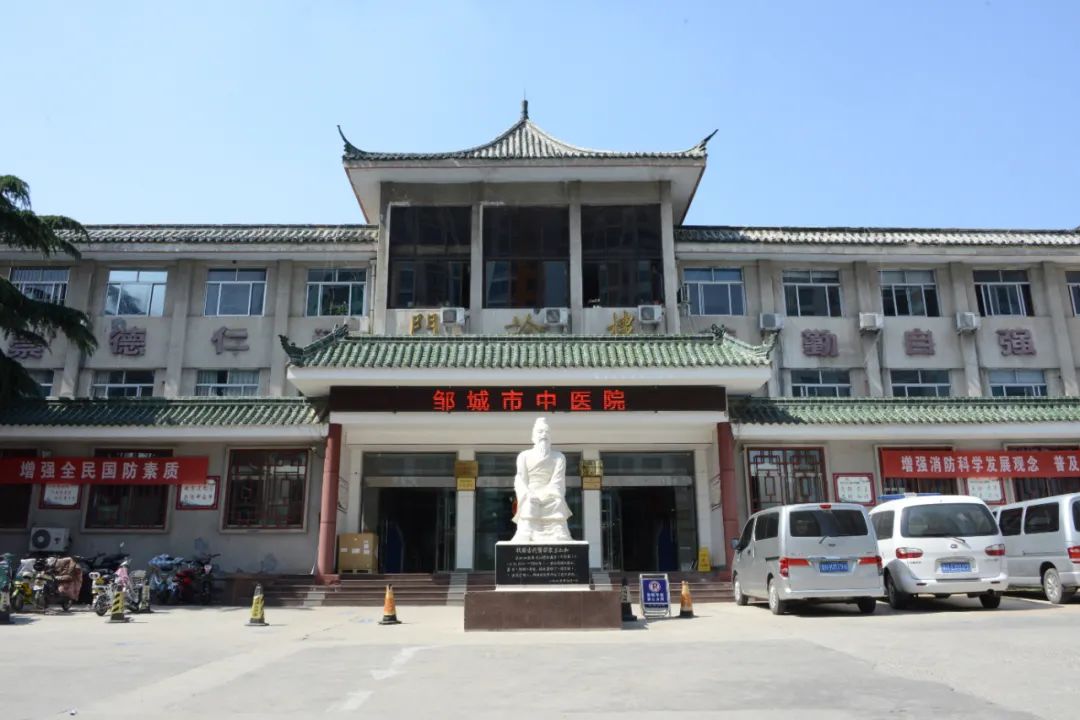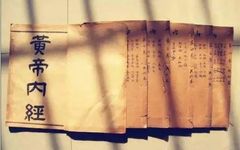The first page of the Huangdi Neijing (Yellow Emperor’s Inner Canon) presents the first question from the Yellow Emperor: “I have heard that the people of ancient times lived to be a hundred years old in both spring and autumn, and their movements did not decline; yet people today, at fifty years old, show signs of decline. Is it because the times have changed? Are people losing something?”To which it was replied: “The people of ancient times understood the laws of yin and yang, harmonized with the numerology, had moderation in their diet and drink, maintained regularity in their daily activities, and did not engage in excessive labor. Thus, they could preserve both their body and spirit, living out their full lifespan and departing at a hundred years old. Today’s people are different; they use wine as a beverage, treat the absurd as normal, enter rooms inebriated, deplete their essence through desire, and dissipate their true nature. They do not know how to maintain fullness, do not timely govern their spirit, seek to gratify their hearts, and go against the joy of life, leading to irregularity in their daily activities, hence the decline at fifty years old.“
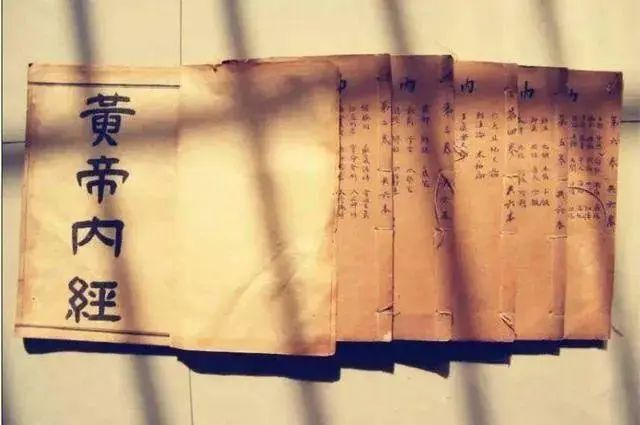
“The beginning of all diseases arises from dryness and dampness, cold and heat, wind and rain, yin and yang, joy and anger, diet, and living environment.”“Diseases arise from qi. Anger causes qi to rise, joy causes qi to relax, sadness causes qi to dissipate, fear causes qi to descend, cold causes qi to contract, heat causes qi to leak, shock causes qi to become chaotic, labor causes qi to be consumed, and thinking causes qi to stagnate.”Confronted with such a remarkable text as the Huangdi Neijing, we cannot help but ask, who authored the Huangdi Neijing? Why is it named after the Yellow Emperor? Was it written by the Yellow Emperor himself, or did people thousands of years ago understand the sensational effect of famous figures and thus use the name of the Yellow Emperor? We know that the “Yellow Emperor” is not the same as the “Emperor”; it is said that the Yellow Emperor’s surname was Gongsun, residing at Xuanyuan Hill, hence the name Xuanyuan. He later established a state and ruled with the virtue of earth. Yellow represents the center, so he is called the Yellow Emperor. The color yellow symbolizes the central color, and the Yellow Emperor governs the four directions, representing a solid foundation, akin to the yuan qi (original qi) within the human body, governing the organs. Therefore, after the Yellow Emperor defeated Chiyou and unified the world, the Huangdi Neijing emerged with an imperial aura. The appearance of the Huangdi Neijing led to the gradual retreat of many medical texts, and in this sense, we say that the Huangdi Neijing achieved a different kind of unity in the medical field.So, what kind of scripture is the Huangdi Neijing, which has been refined over the years? The Huangdi Neijing consists of 18 volumes. Among them, 9 volumes are titled Suwen (Plain Questions); the other 9 volumes are untitled, referred to as Jiu Juan (Nine Volumes) during the Han and Jin dynasties, and later known as Ling Shu (Miraculous Pivot) after the Tang dynasty. The Huangdi Neijing is not the work of a single person or time; its main body was formed from the Warring States to the Eastern Han period. Su Wen and Ling Shu each contain 81 chapters, totaling 162 chapters. Su Wen mainly discusses the laws of changes in the natural world and the relationship between humans and nature, while the core content of Ling Shu focuses on the theories of organs and meridians. After the Song dynasty, Su Wen and Ling Shu officially became the two main components of the Huangdi Neijing. As a monumental work studying human life, this book covers aspects of physiology, pathology, diagnostics, treatment principles, and pharmacology, establishing the yin-yang and five elements theory, pulse diagnosis, organ theory, meridian theory, etiology, pathogenesis, syndromes, diagnostic methods, health preservation, and qi regulation in TCM. Yet, despite being a classic work of several hundred thousand words, it contains only 13 established formulas. This further confirms the fundamental characteristic of the Huangdi Neijing as an “internal inquiry.”How does one achieve this “internal observation”? We know that Western medicine can achieve this through dissection and modern techniques like X-rays to understand the functioning of internal organs, while the Huangdi Neijing can grasp the internal state of the human body from macro to micro without opening the body, even understanding the state of qi and xue (blood) within the body. This relies on a concept of “image” because the celestial bodies represent a vast universe, while the human body is a small universe, and there exists an “image” as a bond between the two. How do people recognize this “image”? It is through the understanding of the laws of the internal and external, surface and essence, encompassed in the great principle of the harmony between heaven and humanity, thus observing our five organs and six bowels, watching the flow of our qi and xue, and advocating for a pattern of smooth qi and xue, harmonious interaction between meridians and organs to achieve health preservation and seek longevity.

The Huangdi Neijing is also a medical monograph that integrates the principles and methods of health preservation, providing not only principled guidance on the harmony between heaven and humanity and regularity in daily life but also clear health preservation instructions regarding diet, behavior, and even psychology. For example, “Keeping the spirit inward, where does illness come from?” is a good testament to this, being a foundational work of Chinese medicine culture. Notably, this classic vividly reproduces the fruitful results of the path of health preservation in a representative form. It not only provides a practical method for correctly understanding life but fundamentally offers a basis for disease prevention and treatment through “internal observation,” personal experience, and intuition.Throughout nearly two thousand years of the Chinese nation’s history, its leading role and contributions in medicine are undeniable. The “Chinese-style health preservation” guided by the Huangdi Neijing continues to benefit many.
